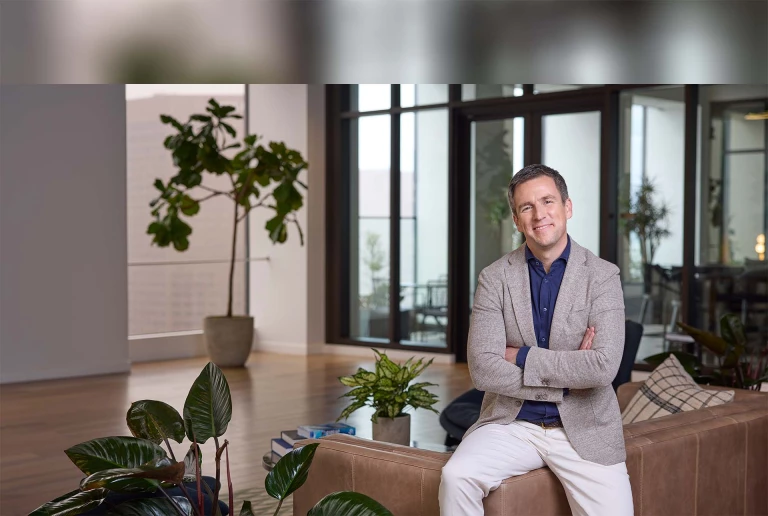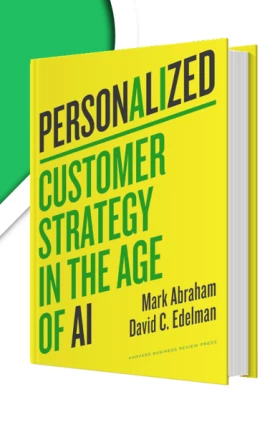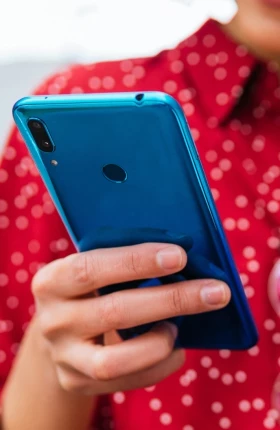Mark Abraham is a managing director and senior partner at BCG. He leads the Marketing, Sales & Pricing practice in North America and is the founder of the firm’s personalization business . A global leader in digital strategy and responsible AI, Mark is also the coauthor of Personalized: Customer Strategy in the Age of AI. Across every chapter of his life—whether moving across continents or leading innovation—Mark’s journey has centered on empathy and connection.
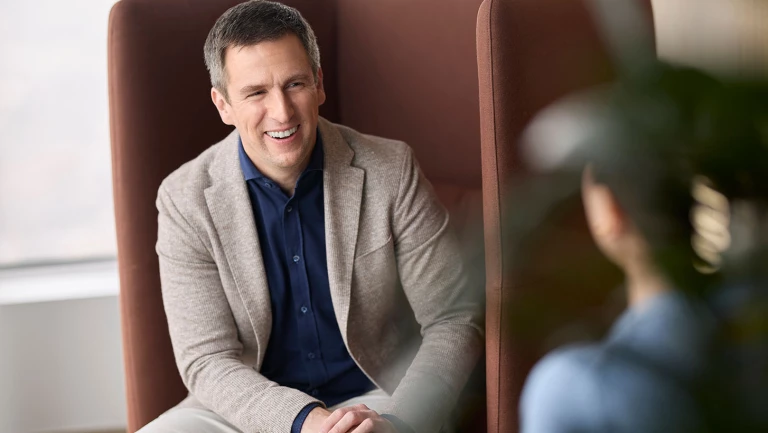
At night, you might find me in the backyard, peering through a telescope at the dark sky. I’m looking for stars. Light. Maybe even signs of life. But really, I’m always looking for connections—between people, ideas, passions, and possibilities.
Empathy as a Leadership Superpower
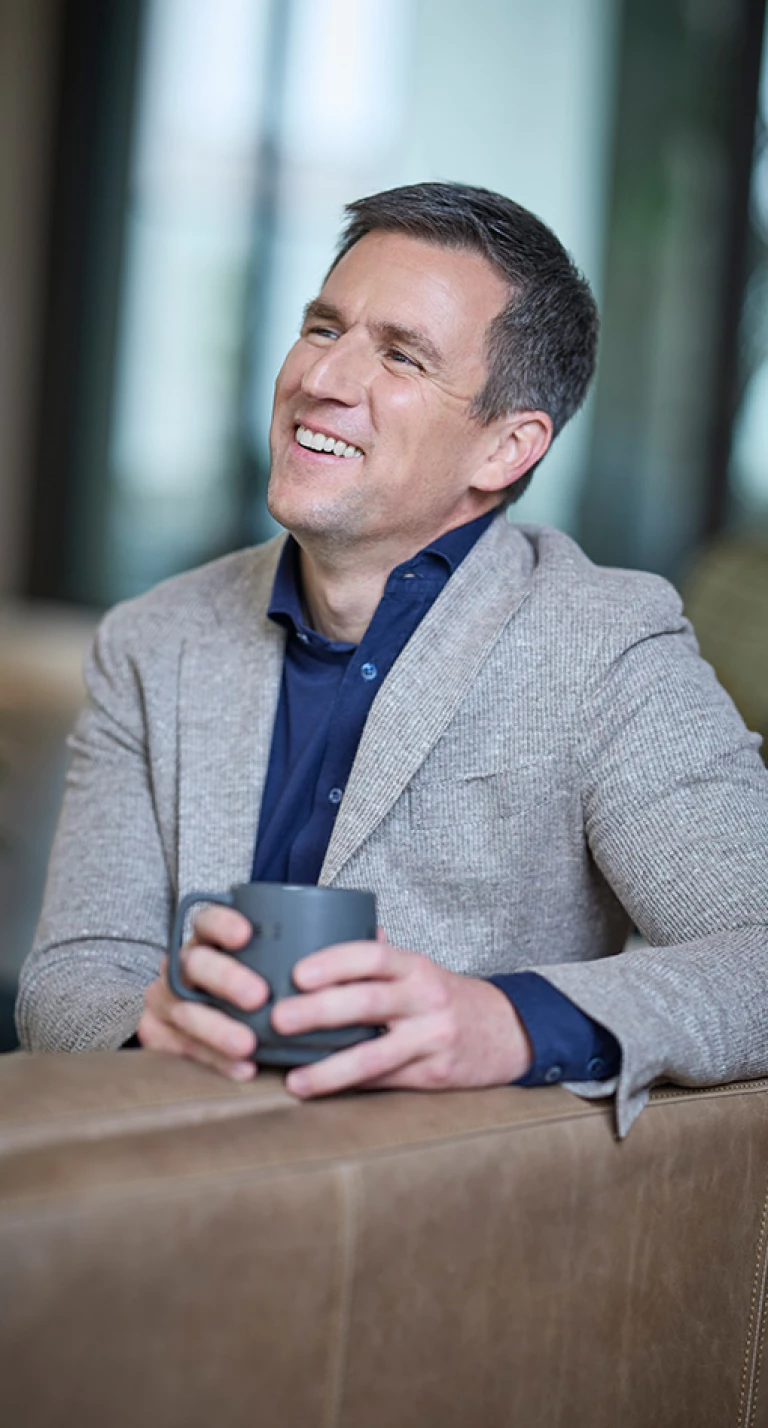
I learned empathy not from books but from constant change. I was born in Hungary and, by age six, I had moved to New York without speaking a word of English. As a diplomat’s son, I lived across Europe and Asia, learning French, German, Russian, and some Chinese along the way. It could’ve been disorienting, but instead it energized me—and taught me to see the world through others’ eyes. That empathy became my superpower, and my drive to make the impossible possible.
That global lens also shaped how I see personalization. Experiencing how different people think makes it second nature to reject one-size-fits-all solutions—both in life and in business. Whether it’s understanding different cultures or mapping customer journeys, personalization begins with honoring context.
Empathy has been a core skill I brought to BCG. Early on, I led the team that helped Starbucks build its personalization platform. It was an inflection point for digital and AI at the firm—and directly led to the creation of BCG X. We built one of the firm’s most cross-functional teams—spanning marketing, tech, and data science.
I remember one moment clearly. Our whole team was under pressure to go from pilot to scale under tight timelines. Both clients and BCGers were under stress and miscommunicating, so we paused and mapped our team’s personalities: the dreamers, the feelers, the process followers, and the analyzers. When everyone stood in a corner of the room according to their personality type, light bulbs went off: “Oh, that’s why you didn’t understand me!” It reminded me of my upbringing—bridging worlds by understanding our differences. After that meeting, we delivered the toughest part of integration and scaled in-app gamification, driving 8% growth.
That project helped lay the foundation for my team’s bold ambition. Over the next decade, I translated those early lessons in personalization into a scaled commercial engine—tripling the size of our Marketing, Sales & Pricing practice in North America. In an industry that often prizes specialization, we’ve helped BCG win in the market by doing the harder thing: connecting the dots across our functional, industry, and digital and AI capabilities. And we’ve seen the business results—not just in top-line growth but in long-term client value delivery.
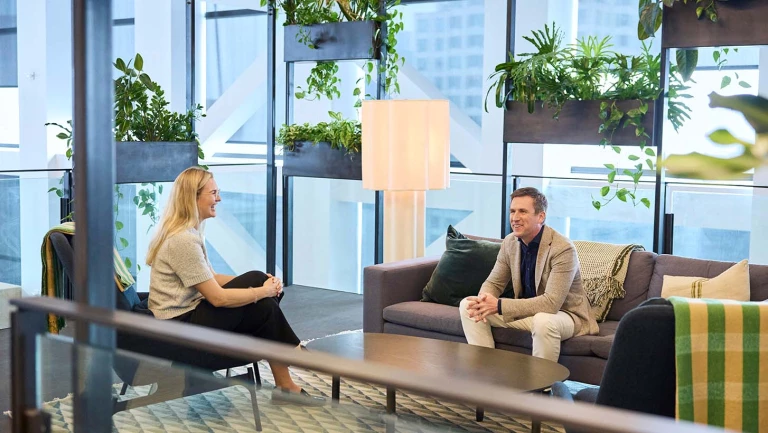
From Personalization to Responsible AI
Today, personalization is one of the largest functional businesses for BCG, and my team and I have helped hundreds of clients capture their share of the $2 trillion personalization prize. But that work has taken on a new dimension: responsibility.
With the rise of generative AI, I’ve had hundreds of conversations about “responsible AI.” The toughest questions haven’t come from CEOs; they’ve come from students. High schoolers. Gen Alpha.
I gave a talk at my son’s school, and students grilled me: “Do companies have my data?” “Are brands just trying to manipulate us?” “What does authenticity mean?” Their questions were bold—and they reminded me why this work matters.
Responsible AI starts with intention. It’s on us to design the guardrails upfront. We can’t delegate that to algorithms. For example, when my team builds grocery personalization models across four continents, we exclude demographic data to avoid bias—and still monitor the output for unintended outcomes. Responsibility isn’t a feature; it’s a mindset.
Belonging, Joy, and Being Fully Myself
Halfway through my BCG career, I came out—first to my family and closest friends, but very shortly afterwards to my team and even to my clients. I still remember introducing my new partner to my BCG team on a rooftop in Seattle. Their joy and support were overwhelming.
That moment was more than personal—it shifted my view of leadership. It deepened my commitment to helping others show up as their full selves. Since then, I’ve helped expand our Pride@BCG community. And somewhere along the way, I rediscovered my love of karaoke.
From interns singing Hamilton to a duet with a client, those moments build culture—and trust. I’ve heard from junior team members—some at their first Pride dinner—that it helped them imagine a future where they could be fully themselves at work. That’s what belonging looks like.
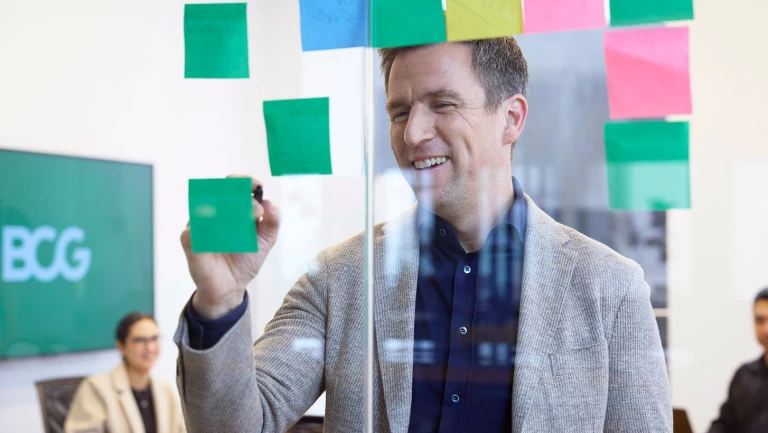
A Breath, a Hike, a Telescope
I tend to go a thousand miles an hour, but I’ve also learned the power of pause. I like to start my mornings with breathwork, movement, or cold plunging. A sabbatical in Iceland introduced me to the Wim Hof Method and a new level of mindfulness. That sparked my interest in longevity—and I’ll soon present at a global conference on how personalization can help people live longer, healthier lives.
But my most sacred time is with my partner, Jason, and my sons. On weekends, I’m dad—driving to tennis practice, planning hikes, and helping Benji with college apps. One tradition I treasure is a father-son hike before each child starts high school. This summer, Noah and I are off to Crater Lake.
Travel has always been part of my story—across continents, cultures, and now life stages. But what anchors me are quiet moments: a Patagonia hike, a stargazing night, a question from my kids about the universe.
I may not have all the answers about life beyond Earth. But I believe that the best journeys—the most meaningful connections—begin when we truly see each other. And that starts with empathy.
